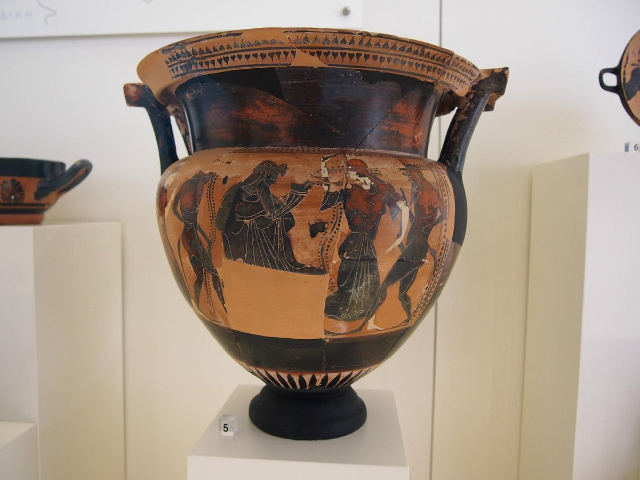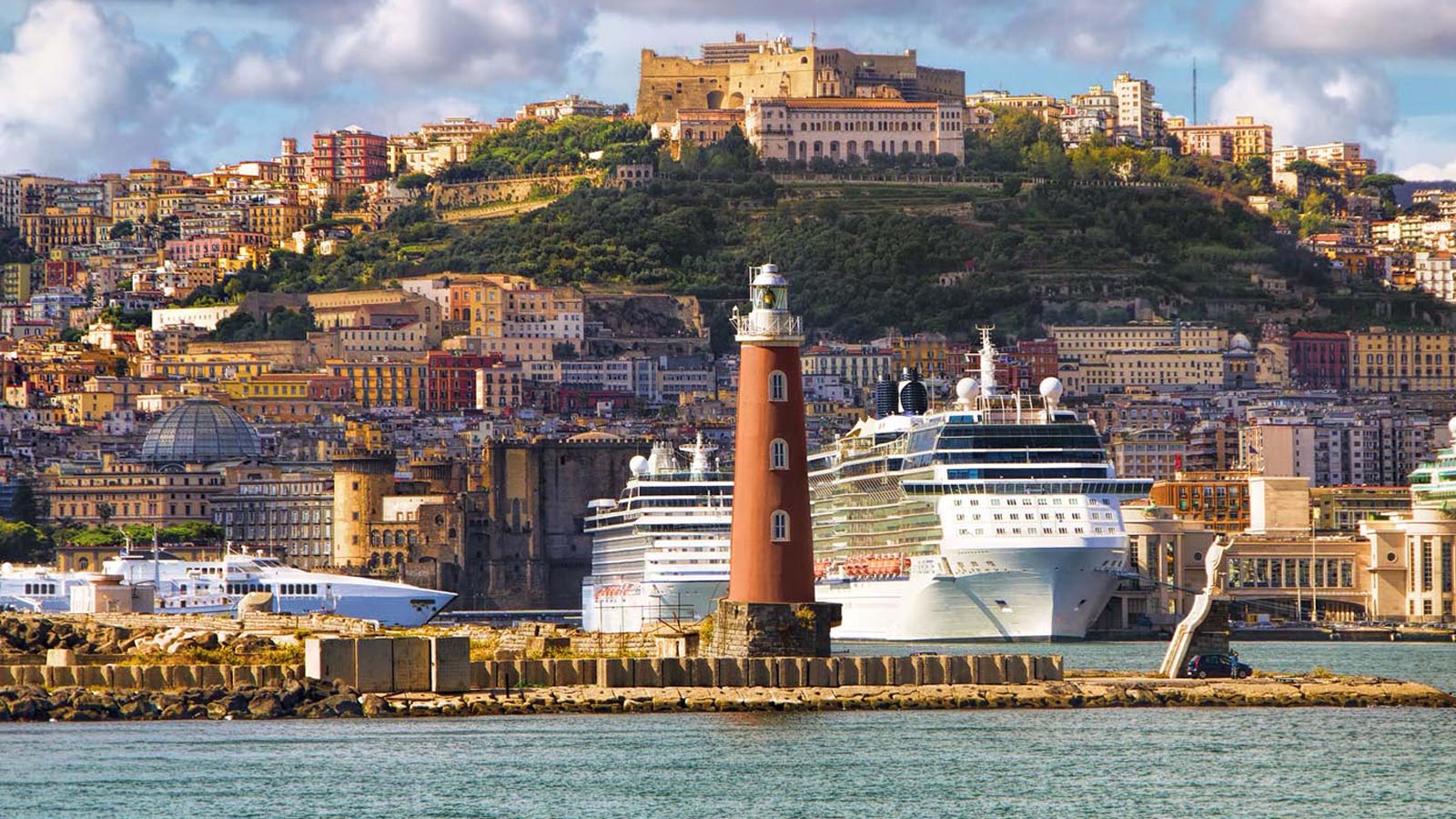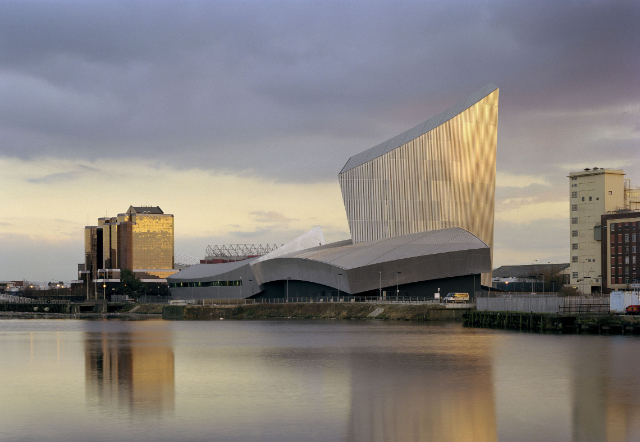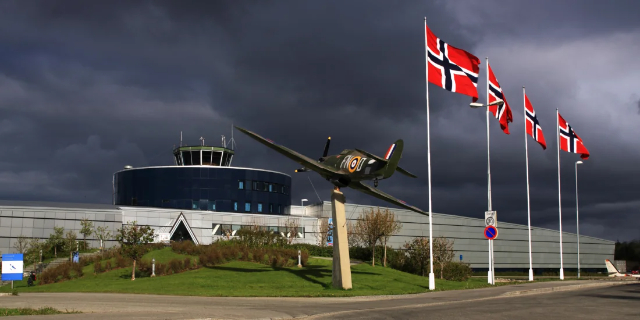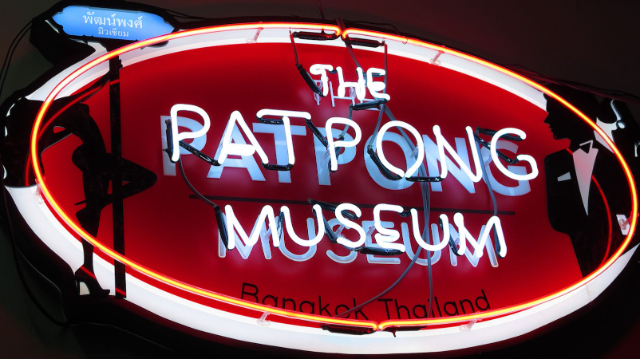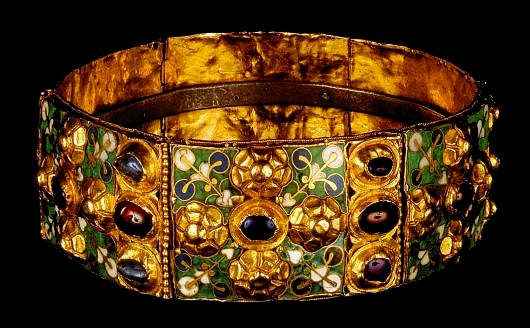The Archaeological Museum of Kavala is a gem that offers visitors a chance to delve into the rich history and culture of the region without feeling overwhelmed. Its manageable size makes it ideal for those who are on a tight schedule but still want to experience the historical essence of Kavala.
The museum is organized in a way that allows for a coherent narrative to unfold, taking you from the prehistoric times through to the Roman period and beyond. The exhibits feature a variety of artifacts, including pottery, sculptures, coins, and inscriptions, which together help to paint a vivid picture of the civilizations that have shaped the region.
One of the highlights is the collection of finds from the nearby archaeological site of Philippi, a UNESCO World Heritage Site. These artifacts help visitors better understand the significance of this ancient city, its role in various historical events, and its cultural contributions.
For those interested in the religious history of the area, the museum also contains artifacts related to the Apostle Paul’s visit to Philippi, providing a tangible connection to the biblical accounts of early Christianity in Europe.
The museum is well-designed with informative panels and sometimes interactive displays that engage both adults and children alike. While it’s not an enormous institution, it packs a lot of punch in its modest space, making efficient use of your time while providing a comprehensive overview of the region’s archaeological and historical significance.
If you’re someone who enjoys spending time in museums but doesn’t want to allocate an entire day to just one, the Archaeological Museum of Kavala is a perfect choice. In less than 90 minutes, you’ll walk away with a better understanding of the Kavala region, from its ancient roots to its role in shaping Western history.

